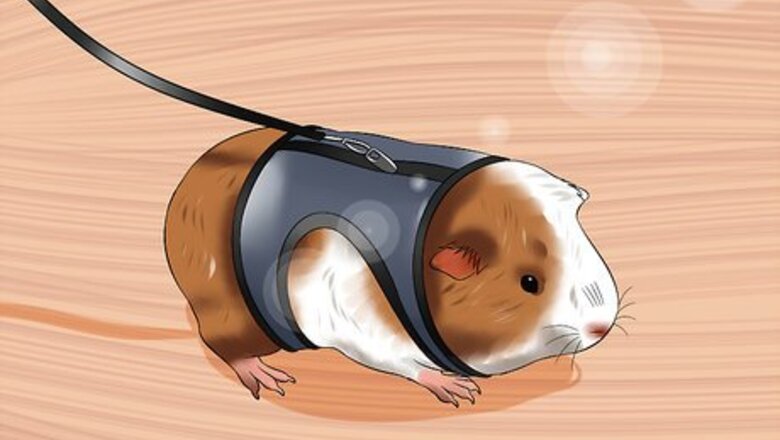
views
Using a Harness

Make sure the harness isn't too tight. If you put on a harness, make sure it is loose enough. You should be able to put a finger or two between the harness and the guinea pig. If it's too tight, it could harm the guinea pig's back over time and chaff under his armpits. It may not be a good idea to put a harness on at all. Some owners have had trouble with harnesses harming guinea pigs' backs after they've worn it several times.
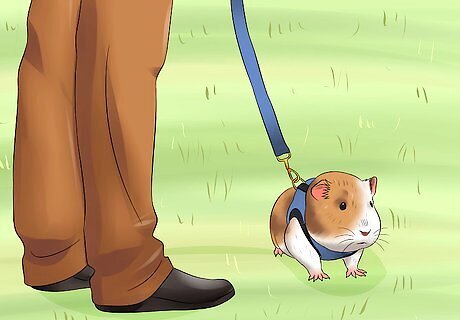
Use leashes just for the yard. If you insist on using a leash, make sure you just do it in the yard. That is, you can use a leash to keep your guinea pig from wandering too far. However, you need to supervise the guinea pig the whole time. A leash isn't license to leave your guinea pig alone outside. Also, don't tug on the leash. Just let your guinea pig roam about. Make sure the leash is always loose, and your guinea pig doesn't get tangled in it.
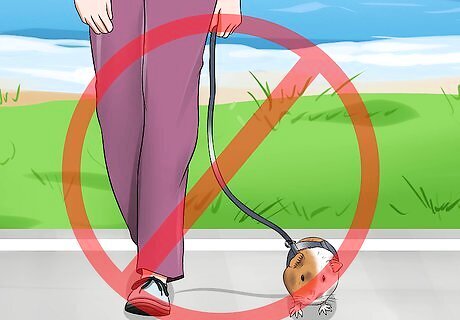
Don't walk your guinea pig. While you can put your guinea pig in a harness, it's not a good idea to walk it on a leash. The tugging sensation can harm the guinea pig's delicate spine very easily. In addition, most guinea pigs won't take to walking, meaning they can't be trained to walk beside you on a leash. In addition, guinea pigs can easily slip out of harnesses, so they can escape before you can catch them. Therefore, trying to walk a guinea pig in a street isn't a good idea. It could get away from you and be harmed.
Providing Indoor Exercise
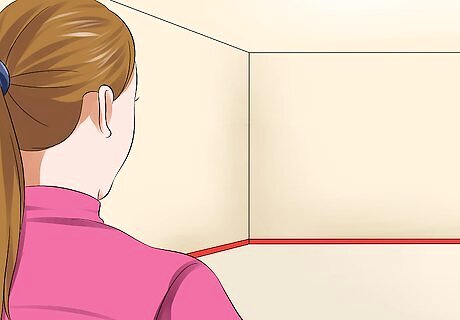
Designate one area for guinea pigs. You don't want to give guinea pigs the full run of the house because there are too many hazards. In addition, guinea pigs can get lost in the shuffle or be scared by loud noises. Consider picking a single room that doesn't have too many places for the guinea pig to hide. A hallway or bathroom works well. Places like the kitchen have too many places for the guinea pigs to hide or squeeze into. Also remember that guinea pigs like to chew. If you love the furniture in a particular room, you may not want to put your guinea pigs in there. Another option is to use a wire pen or cage that you set up in a room.
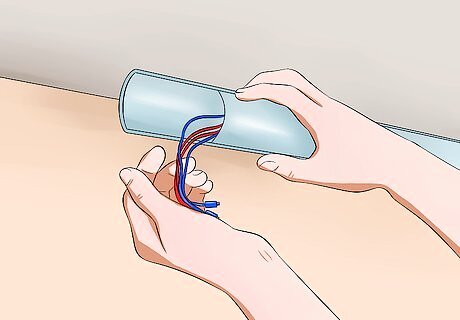
Hide electrical cords. Guinea pigs are happy to chew on electrical cords if you give them the chance. Make sure any cords are up out of reach of the guinea pigs or that you pick a room that doesn't have them near the floor.
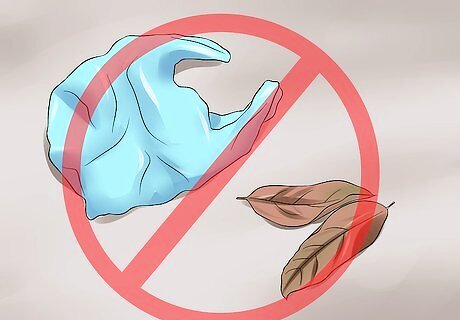
Put hazards out of reach. Move any plants and other hazards out of reach. Plastic bags, for instance, can pose a suffocation hazard. Make sure to also pick up any dead leaves, as many houseplants are poisonous to guinea pigs.

Separate the other pets. If you have larger animals in your home, they should not be in the same room as the guinea pigs when they are out. They could attack or injure the guinea pigs by just following their instincts.
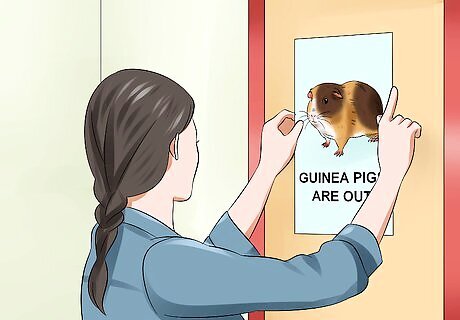
Let everyone know the guinea pigs are out. That way, they won't rush into the room without checking to see where the guinea pigs are. In addition, if guinea pigs are underfoot without the family's knowledge, they could easily be stepped on. You could use a note or sign on the door to help family members remember. This step also warns your family not to let other pets in.
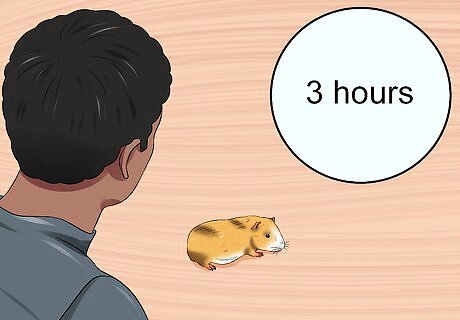
Give them enough exercise time. Try to provide at least 3 hours outside of the cage a day if the guinea pigs are in a cage that isn't large enough for them. That means that if your guinea pig has less than 7.5 square feet, you need to provide this time out of the cage every day. Otherwise, your guinea pig could get bored.

Don't forget to provide food and water. If you let your guinea pigs out of their cage for extended periods, don't forget they still need food and water. If they can't go back to their cage, make sure you have food and water out for them.
Providing Outdoor Exercise
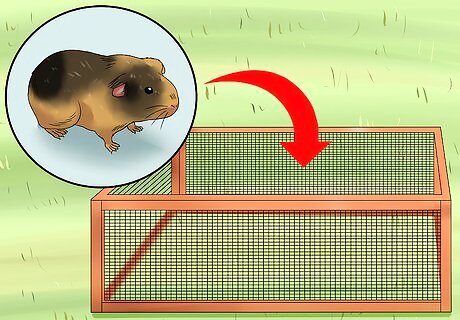
Place them in an enclosure. Outside, create an enclosure or fenced in area for them to play in. You can use a wire fence or cage, as long as it doesn't leave gaps that your guinea pigs can escape through.
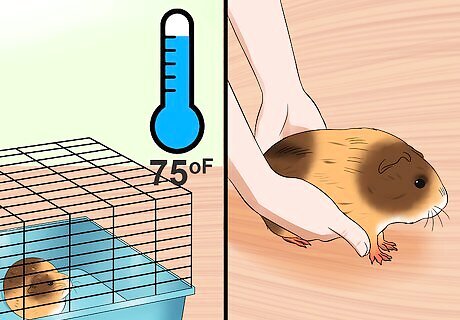
Keep your guinea pigs cool. Guinea pigs can't stand too much heat, so make sure you keep them cool when they go outside. For one, you should always provide them with shade, so they can cool down. In addition, only let them out during cooler times of the day in the summer. Guinea pigs prefer temperatures between 65 and 75 degrees Fahrenheit. While they can stand a bit more variation, you don't want to go too much colder or warmer.
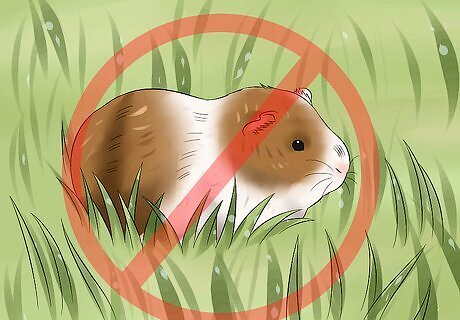
Don't let them go out on damp grass. Damp grass can give your pig a chill, and that's not good for them. Also, make sure you aren't setting them down on grass that has been sprayed with insecticides or other chemicals, as that can be damaging for your guinea pig.
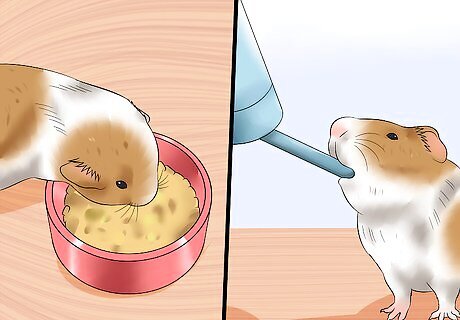
Provide food and water. Once again, you want to be sure to always provide your guinea pig with food and water. Water is especially important when your guinea pig is outside because it can easily get dehydrated when it is warm out.
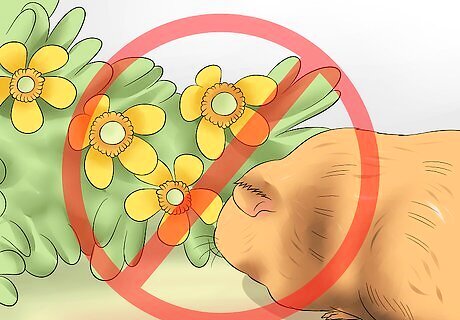
Check for poisonous plants. Guinea pigs love to chew on any plant in their vicinity, which is fine when they're munching on grass. However, some plants are poisonous to guinea pigs, so you want to make sure they don't have access to those. Use a database like Cornell's http://poisonousplants.ansci.cornell.edu/index.html to look up poisonous plants in your area. Many common plants like daisies and buttercups are poisonous to guinea pigs. If you keep your guinea pigs just on grass without weeds, you should be fine.
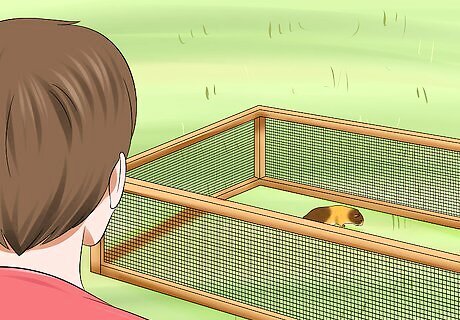
Stay outside. You do not want to leave your guinea pig unattended outside. For one, if your enclosure doesn't have a roof, your guinea pig could easily be carried off by a predator. It could even happen if your enclosure does have a roof. In addition, you want to make sure your guinea pigs don't wriggle out and escape. Also, because guinea pigs are susceptible to heat stroke, you want to keep an eye on them while outside. Signs of heatstroke include lethargy, a limp body, trouble breathing, a rapid pulse, and a wet chin. Your guinea pig may also feel hot to the touch. Check the ears to see if they feel extra warm. If you notice signs of heatstroke, bring the guinea pig indoors. Use tepid water (not cold because it can cause shock) to dab around the ears and feet. You can even dip its feet in water. Once the guinea pig seems cooler, take it to the vet.
Getting the Right Cage
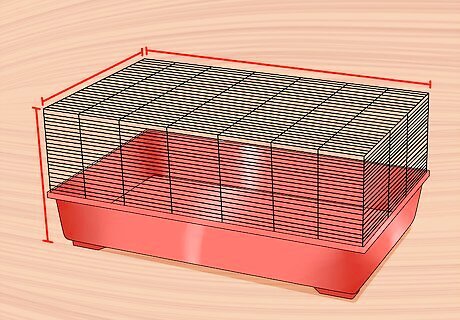
Buy a large enough cage. A large cage is important because it gives your guinea pig a large area to explore. The larger the cage is, the better off your guinea pig will be. At a minimum, each guinea pig should have 7.5 square feet of cage. That's a cage that's approximately 3 by 2.5 feet. If you can, go for a bigger cage, so your guinea pig will need less exercise outside of its cage.
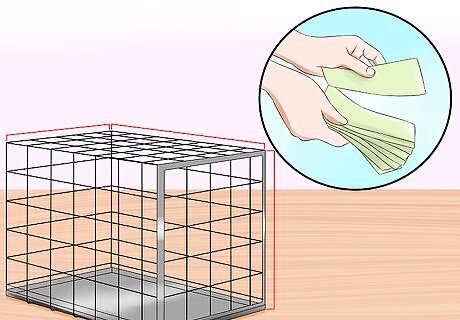
Buy one commercially. You can buy a cage for a guinea pig. However, most cages that are labelled for guinea pigs are not big enough. You can find ones meant for other animals, though, that will work for guinea pigs. Pick one that has metal bars on the side, not wood, as guinea pigs can't chew through metal. Also, make sure it has a solid floor. Guinea pigs' feet are easily damaged by floors that are made of wire, so it needs to be solid to protect your guinea pig. Go for a larger floor space rather than one that has many levels. Floor space is more important.
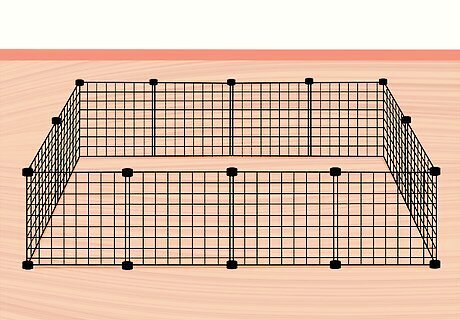
Build your own. Another option is making your own. You can make your own cages out of wire fences on the floor with other materials underneath. One option is to use corrugated correx or corrugated coroplast, available from sign making shops. Start with cube grids. Cube grids can be reconfigured to any size to make an outward "cage." Cut the correx or coroplast to fit. You can use the material as a floor, then use more of it to create a border around the floor. Tape it together from the outside. Add newspapers and hay for your guinea pig to complete the cage.




















Comments
0 comment